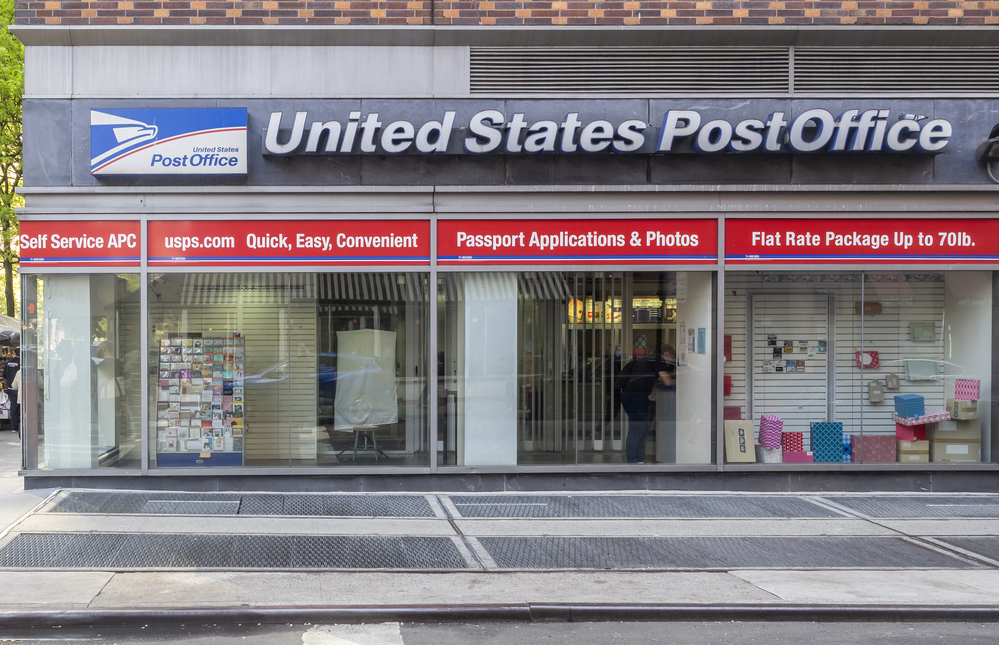

USPS’ Business Model is Broken
Did you get your mail today? Of course you did. The US Postal Service’s Universal Service Obligation ensures that every American can send and receive mail in a reliable fashion, no matter where in the country they live. However, if USPS’ business model doesn’t change, the Postal Service may cease to exist in a few years. Fortunately, USPS and Congress are starting to band together to make sure that doesn’t happen. Postmaster General Megan Brennan and USPS’ Temporary Emergency Committee are currently working on a 10-year plan to present to Congress. The purpose of this plan is to lay out actionable steps that will set the Postal Service back on solid financial footing. All eyes are currently on Brennan and her committee to see the details of the plan, whether or not it will work, and how soon it can go into effect.
The Problem With USPS’ Business Model
The main issue with USPS’ current business model is that the organization is not able to meet its universal service obligation with its current cash flow. In layman’s terms, the Postal Service is running out of money to operate. This is due to a variety of factors, but one of the biggest culprits is a pre-funding mandate that Congress enacted in 2006. This legislation requires USPS to pre-fund future employees’ retirement and health benefits up to 70 years in the future, and amounts to billions of unnecessary expenses. In fact, this legislation is the main reason why USPS reported a $3.9 billion loss in 2019.
Plain and simple, the American public expects reliable, universal service from USPS…and they want it for cheap. However, the organization won’t be able to provide that universal level of service without more revenue coming in. Something has to re-balance out. USPS either needs to earn more income from their operations, deliver at a lower service level, or both. The Postal Service is built around its Universal Service Obligation, and that will not change. So, we’re assuming this 10-year plan will focus on the former option rather than latter.
Where Can USPS Go From Here?
It’s hard to say what Brennan and the Committee’s plan will look like. However, there are a few key issues that we’d be willing to bet the plan will be centered around. Whether it’s repealing the pre-funding mandate or allowing USPS employees to invest in more than special, low-return Treasury bonds, here are some ideas that can help fix the USPS financial crisis.
Every single American and millions of businesses rely on USPS every day for its affordable rates and quick delivery. However, things cannot continue going the way they are. If nothing changes, the Postal Service runs the risk of folding…and that would send shockwaves throughout both the American and the global economy. This is precisely why Brennan and the Temporary Emergency Committee’s 10-year plan is so crucial. We’re in the bottom of the ninth, and it’s time for a change. The future of the US Postal Service depends on it.


Be the first to comment!